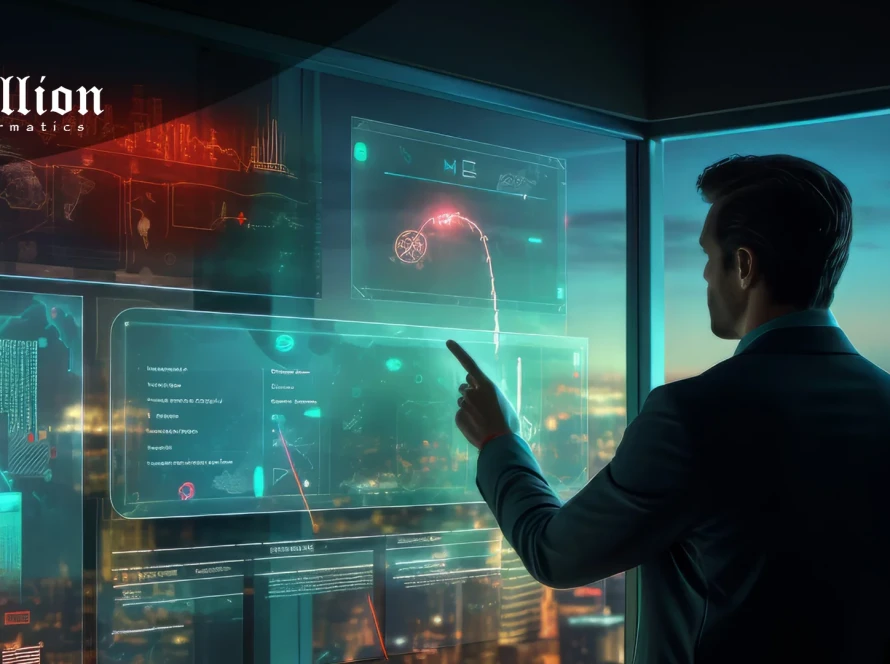Remote work has become a defining trend in the modern workplace, driven by technological advancements and the need for flexible work arrangements. As businesses embrace this shift, IT infrastructure and security requirements have undergone significant changes. This blog explores how the rise of remote work is transforming IT systems, the challenges it brings, and the strategies organizations can adopt to stay ahead.
The Impact on IT Infrastructure
1. Increased Demand for Cloud Computing
Remote work has accelerated the adoption of cloud-based solutions, enabling employees to access tools, applications, and data from anywhere. However, this transition requires scalable and reliable cloud infrastructure to meet the growing demand.
- Solution: Invest in robust cloud platforms with high availability, redundancy, and performance monitoring to ensure seamless operations.
2. Shift Toward Virtual Collaboration Tools
The need for effective communication has led to widespread use of tools like Microsoft Teams, Zoom, and Slack. While these tools enhance productivity, they also require IT teams to manage updates, integrations, and user support effectively.
- Solution: Regularly evaluate collaboration tools to ensure compatibility with business needs and provide employee training for efficient usage.
3. Enhanced Network Connectivity
Remote work requires employees to rely on home internet connections, which often lack the stability and speed of office networks. This can hinder productivity and lead to connectivity issues.
- Solution: Offer employees VPN services and recommend secure, high-speed internet providers to enhance remote connectivity.
Security Challenges in Remote Work
1. Increased Cybersecurity Threats
The rise of remote work has expanded the attack surface for cybercriminals. Personal devices and unsecured home networks are vulnerable to malware, phishing, and ransomware attacks.
- Solution: Implement multi-factor authentication (MFA), endpoint protection solutions, and regular cybersecurity training for employees.
2. Data Protection and Compliance
Handling sensitive business data in remote environments poses compliance challenges, especially with regulations like GDPR and HIPAA.
- Solution: Enforce data encryption policies, restrict data access based on roles, and ensure compliance with industry standards.
3. Monitoring and Managing Remote Devices
IT teams face difficulties in tracking and managing remote devices, making it harder to ensure they are secure and up-to-date.
- Solution: Use remote monitoring and management (RMM) tools to oversee device health, deploy updates, and address vulnerabilities proactively.
Strategies for Strengthening IT Infrastructure and Security
- Adopt a Zero-Trust Security Model: Assume no user or device can be trusted without verification. This approach minimizes the risk of breaches.
- Invest in Scalable Infrastructure: Ensure IT systems can handle the increased load of remote users without performance degradation.
- Implement Backup and Recovery Plans: Protect critical data by regularly backing it up and testing recovery systems to ensure business continuity.
- Educate Employees: Provide ongoing training on cybersecurity best practices and the proper use of IT tools.
The Future of IT Infrastructure and Security in Remote Work
The rise of remote work is not just a temporary trend; it’s a long-term transformation in the way businesses operate. IT infrastructure and security must evolve to support this shift, focusing on flexibility, scalability, and resilience. Organizations that proactively address these challenges will be well-positioned to thrive in a remote-first world.
Conclusion
The rise of remote work has profoundly impacted IT infrastructure and security. By understanding the challenges and implementing effective strategies, businesses can create a secure and efficient environment for their remote workforce. As the workplace continues to evolve, robust IT systems and proactive security measures will be essential for long-term success.




